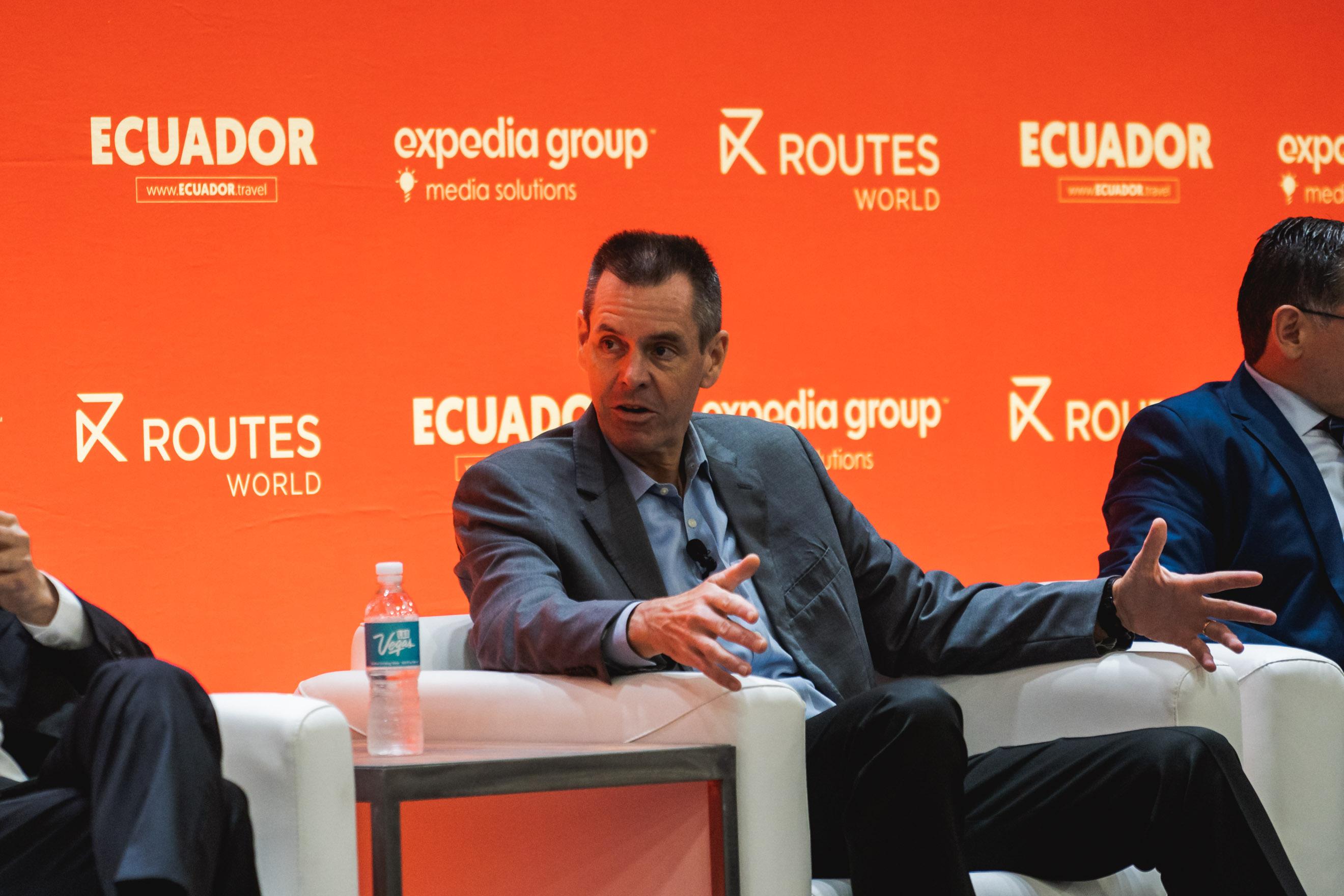
Hawaiian Airlines’ fourth quarter 2022 capacity stands at 101.1% compared to the same period in 2019, while its mainland US and inter-island franchises are fully recovered with no signs of slowing demand even amidst the backdrop of macro-economic turbulence.
“The strong desire for leisure travel that was denied for a couple of years during the pandemic is really overcoming any sense of economic weakness,” Hawaiian CEO Peter Ingram told Routes on the sidelines of Routes World 2022 in Las Vegas.
Hawaiian has missed the critical third leg of critical inbound tourism traffic from Australasia and North Asia. Ingram pointed out that Australia, New Zealand and South Korea are in strong recovery modes. Hawaii’s traditional strongest international market is the final hurdle to clear for the carrier to return to full strength.
“The piece that we're waiting to fully come back is Japan,” Ingram said. “We're encouraged by the reduction of restrictions effective Oct. 11.”
Ingram disclosed that the first of 10 Boeing 787-9s ordered in July 2018 will begin joining the airline’s fleet late next year. There has been much speculation that the 787, with its longer range than Hawaiian's A330 fleet, will be deployed to ultra-long-haul markets in Europe. Ingram tamped that down: “The 787 is really more about serving the existing places in our network. We see other opportunities in Japan, Australia, and certainly elsewhere in the US."
Ingram confirmed the first destination will initially be on the North American west coast, where the airline performs overnight maintenance on its widebody fleet at airports including Los Angeles (LAX).
The fleet renewal that began with the January 2018 entry-into-service of the Airbus A321neo has gathered strength with all 18 airframes now delivered. Hawaiian’s CEO is excited by the markets served by the neo that were not quite big enough for daily widebody service.
“You've seen us really expand our presence in nonstop from the west coast to Maui, Kona and Lihue. It's helped us become a little less Honolulu-centric in our network,” he said.
On the mainland, the A321neo has become the backbone of thinner markets such as Long Beach, Oakland, Ontario, Portland and San Jose.
